The Secret Spice Mix Behind Your Favorite Ketchup Bottle: What’s Really Inside?
Table of Contents
- Introduction
- Main Ingredients in Ketchup
- The Role of Spices in Ketchup
- How to Spice Up Your Homemade Ketchup
- Store-Bought vs. DIY Ketchup: A Spice Comparison
- Fun Facts About Ketchup & Spices
- Conclusion
Introduction
Ketchup is one of those condiments that almost everyone has in their fridge, yet few stop to think about what actually goes into it. While we all know it starts with tomatoes, there's a whole lot more going on under the red surface — especially when it comes to spices.

In this post, we’ll uncover the spice secrets behind your favorite ketchup brand, explore why certain flavors work so well together, and even give you some tips on how to make your own spiced-up version at home. Whether you’re a hardcore spice lover or just curious about what’s in your condiment drawer, this is the ultimate guide to the ingredients in ketchup.
Main Ingredients in Ketchup
Before we dive deep into the spices, let’s first understand what makes up traditional ketchup:
- Tomato paste or puree – The base ingredient that gives ketchup its rich texture and color.
- Vinegar – Adds acidity and helps preserve the sauce.
- Sugar – Balances out the tartness from the vinegar and tomatoes.
- Onion powder – Provides a savory, aromatic note.
- Garlic powder – Adds depth and complexity.
- Spices (commonly cinnamon, allspice, cloves, etc.) – These are the unsung heroes!
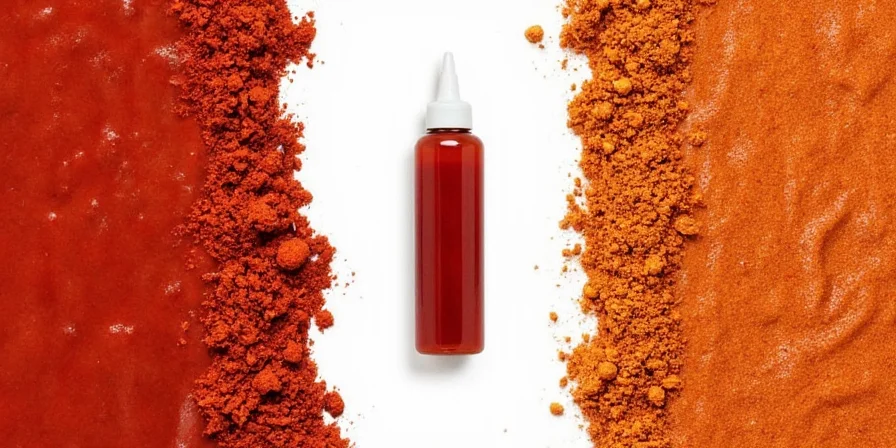
Yes, ketchup isn’t just sweet and tangy — it’s got layers of warm, earthy, and sometimes spicy notes thanks to these hidden seasonings.
The Role of Spices in Ketchup
You might not expect to find clove or allspice in your burger sauce, but these spices are essential for giving ketchup that “it” factor. Let’s break down each one:
| Spice | Flavor Profile | Role in Ketchup |
|---|---|---|
| Cinnamon | Warm, sweet, woody | Adds depth and sweetness without extra sugar |
| Allspice | Pungent, peppery, with hints of cinnamon and nutmeg | Lends a bold warmth and enhances umami |
| Cloves | Strong, sweet, and slightly bitter | Provides a subtle heat and balances sour flavors |
| Nutmeg | Earthy, nutty, slightly sweet | Enhances richness and rounds out the flavor profile |
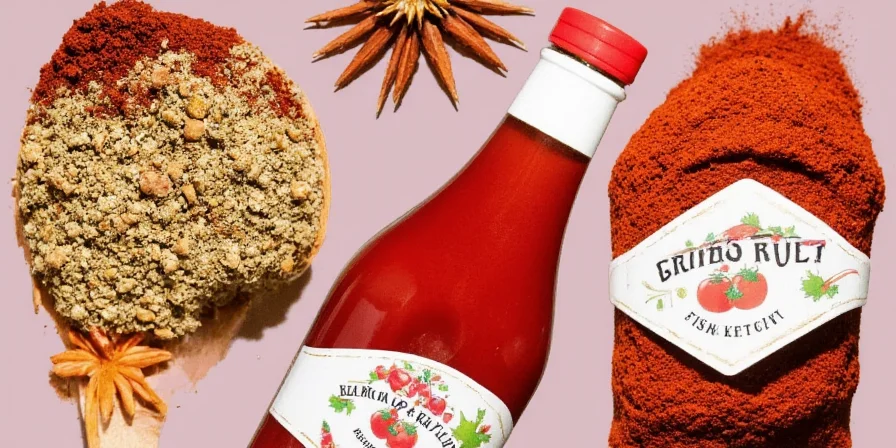
Together, these spices create a complex, full-bodied flavor that turns a simple tomato-vinegar blend into something unforgettable.
How to Spice Up Your Homemade Ketchup
If you’ve ever tried making ketchup from scratch, you know it’s an art form. Here are some **pro-level spice hacks** to take your homemade ketchup from basic to brilliant:
- Go Smoky: Add a pinch of smoked paprika for a barbecue-style twist.
- Heat It Up: Throw in a dash of cayenne pepper or crushed red chili flakes for a spicy kick.
- Bold It Out: Try a tiny amount of ground mustard seed for an unexpected punch.
- Balance with Bitter: Orange zest can cut through sweetness and add brightness.
- Layer Like a Chef: Toast whole spices before grinding them — it brings out more aroma and depth.

Remember: start with small amounts and taste as you go. You can always add more spice, but you can't take it away once it's in!
Store-Bought vs. DIY Ketchup: A Spice Comparison
Want to know what kind of spices your favorite bottled brand uses? We did a little digging and compiled a comparison between popular store-bought brands and homemade versions:
| Brand | Common Spices Used | Spice Level | Notable Notes |
|---|---|---|---|
| Heinz | Cinnamon, allspice, onion powder, garlic powder | Mild, balanced | Uses a classic spice combo with no noticeable heat |
| Whole Foods Organic | Nutmeg, clove, black pepper | Subtle warmth | More natural ingredients and less processed sugars |
| Trader Joe’s Organic | Allspice, clove, cinnamon | Rich and complex | Fans say it tastes closest to old-school recipes |
| DIY Ketchup | Customizable! Use any combination you like | Totally customizable | Make it smoky, spicy, fruity — whatever tickles your fancy |
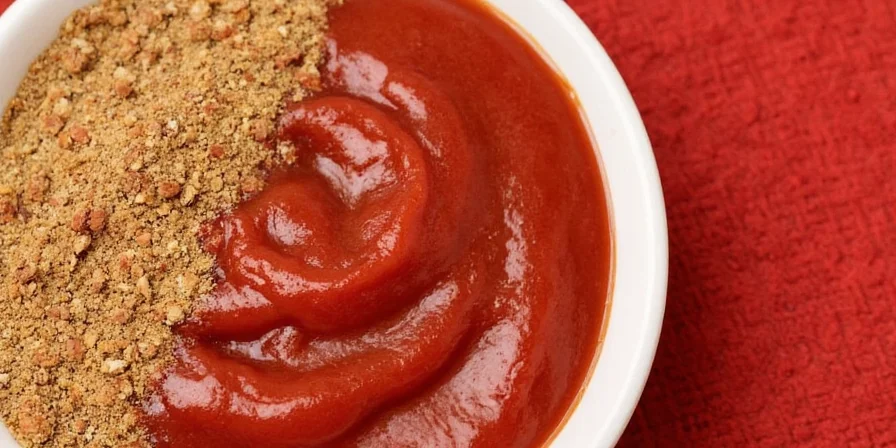
If you want full control over the spice level and flavor profile, homemade ketchup is the way to go. But don’t underestimate the science behind commercial blends — they’ve been fine-tuned for decades!
Fun Facts About Ketchup & Spices
Ready for some trivia that’ll impress your friends next BBQ night?
- Originally, ketchup wasn’t made from tomatoes — it was a fermented fish sauce from China called ke-tsiap!
- Early American ketchup recipes included oysters, mushrooms, and even walnuts!
- Many commercial ketchups use distilled spices — meaning the flavors are extracted and concentrated for consistency.
- Some high-end gourmet ketchups now feature ghost pepper, chipotle, or even saffron as unique twists.
- Spice combinations in ketchup vary by region — check out Indian masala ketchup or Korean gochujang-infused sauces!
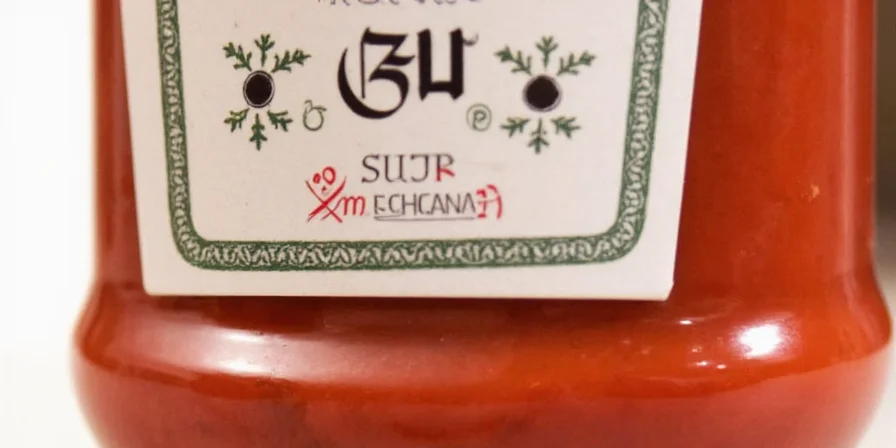
So next time you reach for the red stuff, remember — there’s a long history of spice experimentation behind every drop.
Conclusion
Ketchup may seem simple, but it’s packed with flavor secrets — and spices play a starring role. From cinnamon to clove, the ingredients in ketchup aren’t just about sweetness and acidity; they're about warmth, depth, and balance.
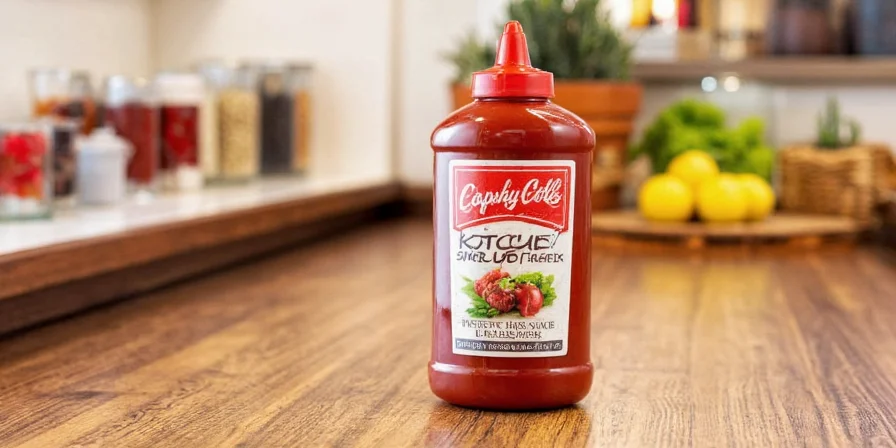
Whether you’re a seasoned chef or just a casual fan of condiments, understanding the spice game behind your ketchup opens up a whole new world of flavor possibilities. So the next time you dip your fries or top your burger, take a moment to appreciate the spices quietly working their magic.
Got a favorite ketchup spice combo or recipe you swear by? Share it below — we’re always hungry for more flavor inspiration!

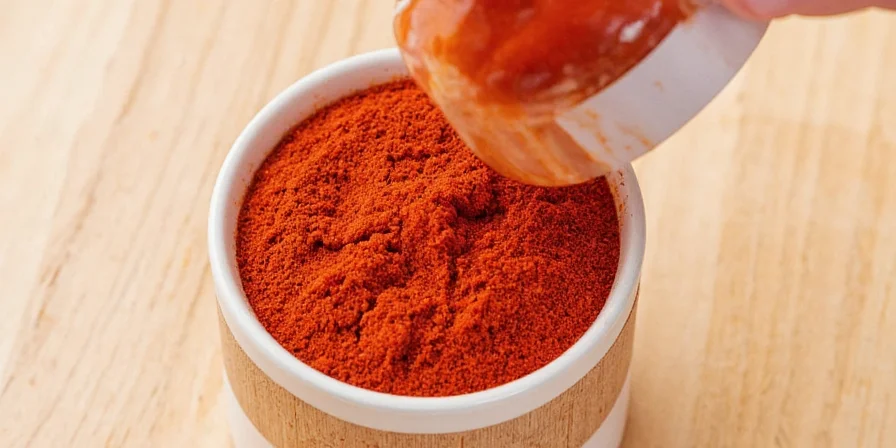









 浙公网安备
33010002000092号
浙公网安备
33010002000092号 浙B2-20120091-4
浙B2-20120091-4